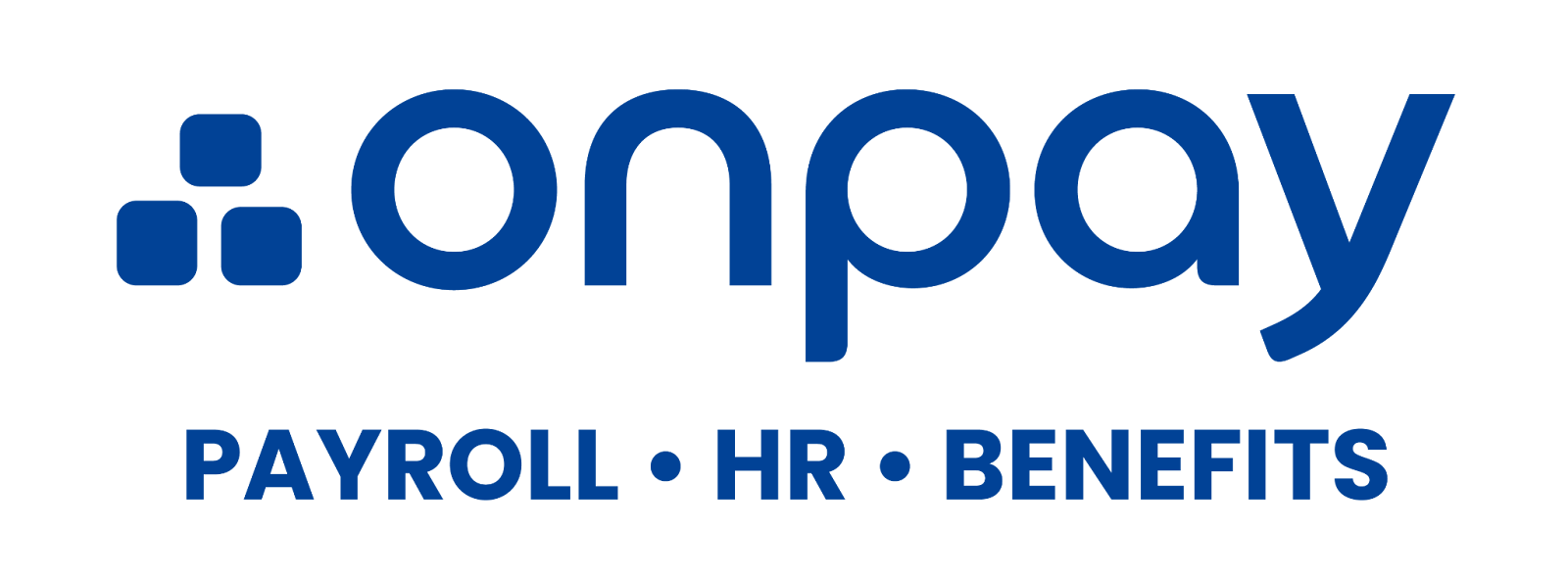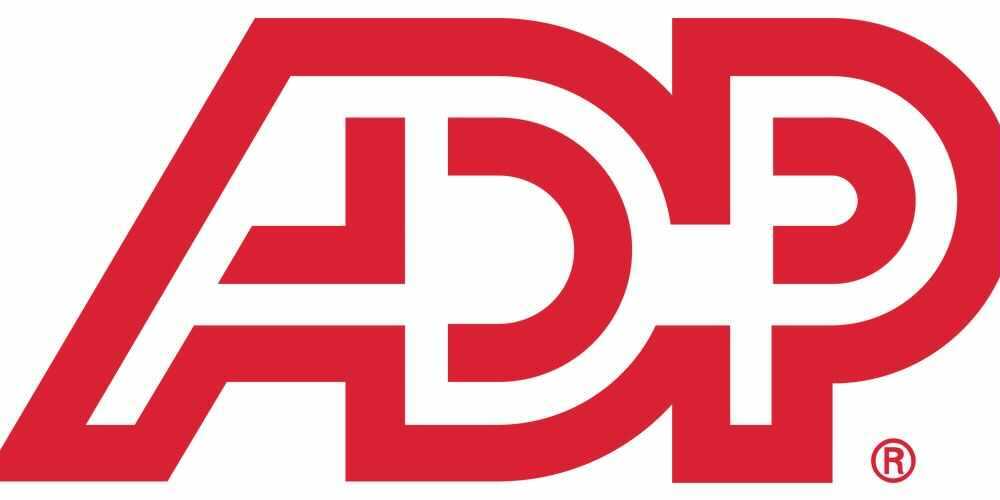What Is Payroll Processing? Here’s How It Works
Payroll processing is an essential part of running a small business with employees.

Many, or all, of the products featured on this page are from our advertising partners who compensate us when you take certain actions on our website or click to take an action on their website. However, this does not influence our evaluations. Our opinions are our own. Here is a list of our partners and here's how we make money.
Payroll processing is how businesses manage employee compensation and related taxes. It involves several steps, including initiating new employees into a payroll system, withholding taxes and paying employees. While using payroll software or outsourcing this work can make it more manageable, you’re still responsible for paying employees correctly and complying with state and federal laws.
Payroll software | |
|---|---|
QuickBooks Payroll Plans start at $45 per month (base) and $4 per person per month. Read review. | |
Gusto Payroll Plans start at $40 per month (base) and $6 per person per month. Read review. | |
OnPay Payroll Plans start at $40 per month (base) and $6 per person per month. Read review. | |
Shop Now on Square's website | Square Payroll Plans start at $35 per month (base) and $5 per person per month. Read review. |
RUN Powered by ADP Plans start at $79 per month (base) and $4 per person per month. Read review. | |
Wave Payroll Plans start at $20 per month (base) and $6 per person per month. | |
Providers may offer lower promotional pricing. | |
What's involved with payroll processing?
Payroll processing involves calculating employees' gross pay, taxes and deductions and take-home pay.
The end goal is to pay employees the correct amount on time, but it's more than just math. An employer's payroll responsibilities include maintaining records, keeping track of hourly employees’ hours, calculating withheld taxes and deductions, depositing state and federal taxes and paying organizations for employee benefit elections. Much of this process is regulated by the Internal Revenue Service and the Department of Labor, and errors could result in penalties.
Payroll processing comes down to a few key steps:
Updating employees’ records.
Tabulating employees’ hours and identifying overtime.
Calculating employees’ income, including any withholdings or deductions.
Paying employees by your preferred method.
Depositing taxes and making benefit payments.
Organizing and saving payroll records for future reference.
Most of these steps can be automated with payroll software or handled by a specialist if you outsource the work. In both cases, though, you’ll be responsible for making sure all these steps are completed.
Who processes payroll?
As a small-business owner, it's your call.
You can process it on your own using payroll software, which can simplify the process with scheduled payroll runs, templates for reporting, and integrations with time-tracking apps. But even with some automated processes, it can take a chunk out of your day.
To free up those hours for customer-facing operations or other purposes, you can outsource the work to a professional. Payroll services and accounting firms can assist small businesses with managing payroll as well as filing and paying quarterly and annual taxes.
Before making a decision, “ensure you are asking questions of a software program, organization or professional,” says Keith Hall, president and CEO of the National Association for the Self-Employed. “Try to understand how it works and what’s going to be asked of you before you sign up.”
Payroll processing requirements
Small businesses must follow state and federal regulations, and some state requirements are more stringent than federal ones. Here are a few requirements that every small business needs to understand to process payroll.
Employee classifications
Not all employees are classified the same way for payroll purposes, which means you might need to pay them differently.
Full-time employees, for example, are usually eligible for benefits and overtime pay if they work more than 40 hours in a workweek, though employees who earn a salary are often exempt from overtime pay. Contractors aren't eligible for benefits and don't have taxes withheld from their paychecks.
If you're unsure how to classify workers properly, consult with an accountant or outsource human resources work to professionals, as classification errors can lead to violations and fines.
Tax withholdings and deductions
You're responsible for withholding taxes and deductions from employees’ paychecks, as well as paying the business's taxes.
When processing payroll, you’ll need to know how to calculate state and federal income taxes, which are usually paid entirely by the employee and based on their W-4 information. Likewise, you must withhold Social Security and Medicare taxes, which are paid by both the company and the employee.
You're also required to pay federal and state unemployment tax for every pay period. State unemployment tax rates differ and can depend on a business’s history of unemployment claims.
Federal and state laws
There are also labor laws for how employees’ earnings must be calculated and how certain aspects of the payroll process are performed.
“Some taxes are based on where you live, and some taxes are based on where you work,” says John Manry, a payroll mentor with the nonprofit small-business organization Score. He adds that some industries, such as construction, are inherently complicated when it comes to processing payroll taxes.
All employers are responsible for complying with these laws, which outline things like the national minimum wage rate, records you have to keep for nonexempt employees and how to garnish wages for a court order. In some cases, state laws can be more specific than federal laws.
Avoiding payroll errors
“Almost always, the most common errors are simple math mistakes,” Hall says. “You forget the minus sign or the plus sign or forget to carry over a number.” Because errors might be as simple as transposed numbers, he adds, it’s a good practice to check your work more than once.
Other common small-business payroll mistakes include not withholding enough of employees’ taxes during payroll or filing late, according to the IRS.
To avoid these mistakes and the penalties that come with them, reconcile your payroll before running it. That means checking workers' pay rates, hours worked, withholdings and deductions against your records, making sure that the numbers match up and correcting errors before the paychecks and direct deposits are approved.







